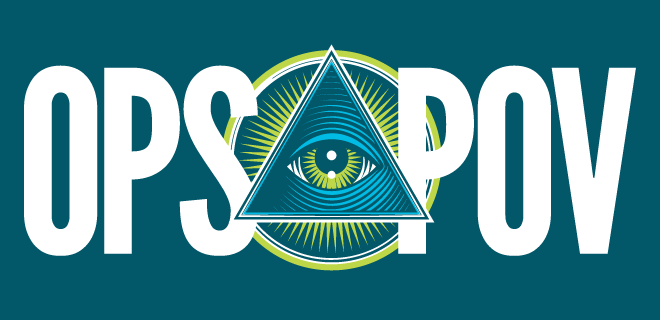
A confluence of events in 2024 is dramatically reshaping media buying, which has major implications for publishers.
The shift away from MFA (Made for Advertising), the rise of AI, and the looming threat of cookie deprecation are front of mind for buyers and sellers. Buyers want higher quality offerings that are future-proofed as cookies decline.
Sellers are working hard to provide differentiated products in the face of Google’s changing search and cookie strategies, retail media network growth, and various walled gardens like Apple and Amazon, which are increasingly strengthening their moats.
The good news is that publishers are finally in a position to succeed. Advertisers want good content and real audiences.
Not only that, but AI is also helping publishers unlock new levels of performance. Historically hampered by a lack of technology resources, AI is relatively cheap, and Large Language Models (LLMs) like GPT are specifically designed to get more understanding out of content—increasing personalization and engagement.
If they manage the next year well, publishers could emerge with more control over their business, stronger relationships with readers, and better deals with advertisers. Success lies in their ability to create hedged gardens, not the logged-in, ubiquitous worlds of Amazon, Google, or Meta, but differentiated by unique content, audiences, and products nonetheless.
The Rise of Rich Publisher Products
AI is giving publishers a surprise boost at a very opportune time. After a year of weeding MFA from their media buys, advertisers and their agencies are leaning into premium content provider relationships to see how they can drive growth. At the same time, and by complete chance, several large publishers have introduced their own AI-powered targeting products including Dotdash Meredith, Hearst, and recently, Raptive.
These new publisher solutions benefit from readily available AI software like GPT, which can read content, glean everything from sentiment to intent, and apply it to their entire audience. Take Dotdash Meredith’s D/Cipher product, which uses AI to understand the intent of readers who might be about to take a vacation or buy a couch, which they can then append to audience targeting to achieve scale.
This solution is the key to creating a hedged garden, where the publisher packages something unique that combines their audience, content and technology into a single media buy. While not everyone on the site is logged in as in a true walled garden, solutions like these deliver great value for advertisers and aren’t easily copied by RMNs or social platforms that don’t have the same kind of content, which is why Amazon has partnered with DDM to move further up the purchase funnel.
Thinking About Experiences over Advertisements
Many other publishers haven’t introduced such innovative products, and are likely looking around assessing what they can do to get in on the action. With the right strategy, they can.
For too many years, publishers have structured their sites to attract bids from programmatic advertisers. This “race to the bottom” has created crummy user experiences and delivered decreasing value for buyers.
Now is the right time for publishers to regroup and build up a strong foundation for the future, and they can do it even if they don’t create their own AI products. Creating the right content and capturing the right audiences should have always been the name of the game, but it was hard for many publishers to resist chasing easy money. It is once again a profitable pursuit to focus on these two assets.
Not only do advertisers want both, but Google’s Helpful Content initiative has also been rolled out to try to favor real content and real audiences to avoid AI content, bot sites, and MFA sites —an added incentive.
Content and audiences go hand in hand. Scale is good, but attentive, passionate audiences are better.
Publishers need to become experts at balancing the content that will not only bring in audiences but also bring in the right audiences and put them in the right mindset (conveniently the name of Raptive’s new targeting product—Mindset Targeting.) Then, publishers need to find a way to help advertisers reach those audiences at the right time and in the right place.
Even without AI, publishers can achieve this with a focus on data. Gathering data about audiences and their behaviors across a publisher’s assets is critical. Publishers can’t rely on third-party segments for this strategy – they need to become a data center of their own.
Another reason for shoring up content and audience data is to enable collaboration across publishers. Smaller publishers will likely tap into the AI capabilities introduced by some early movers, and they’ll be much better off if they bring data to the table.
Publishers have been talking about these concepts for years, but we’re actually seeing them become real. The beauty of these new hedged gardens is that they create the win-win-win that the internet should have always delivered – great audience experiences, great performance for advertisers, and revenue for publishers.